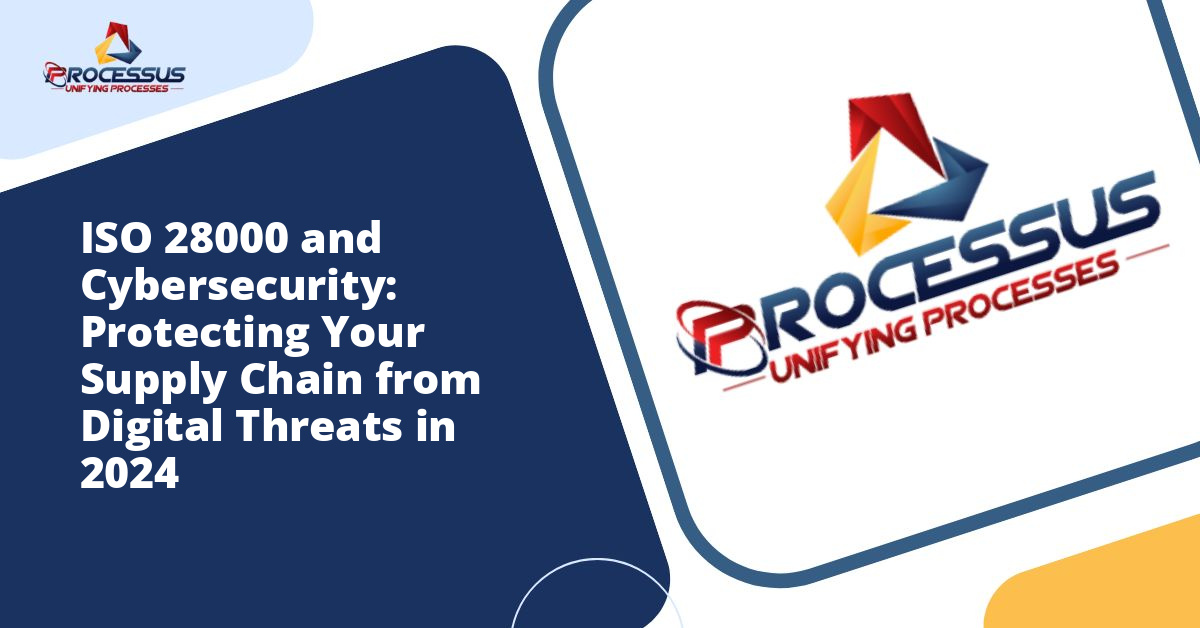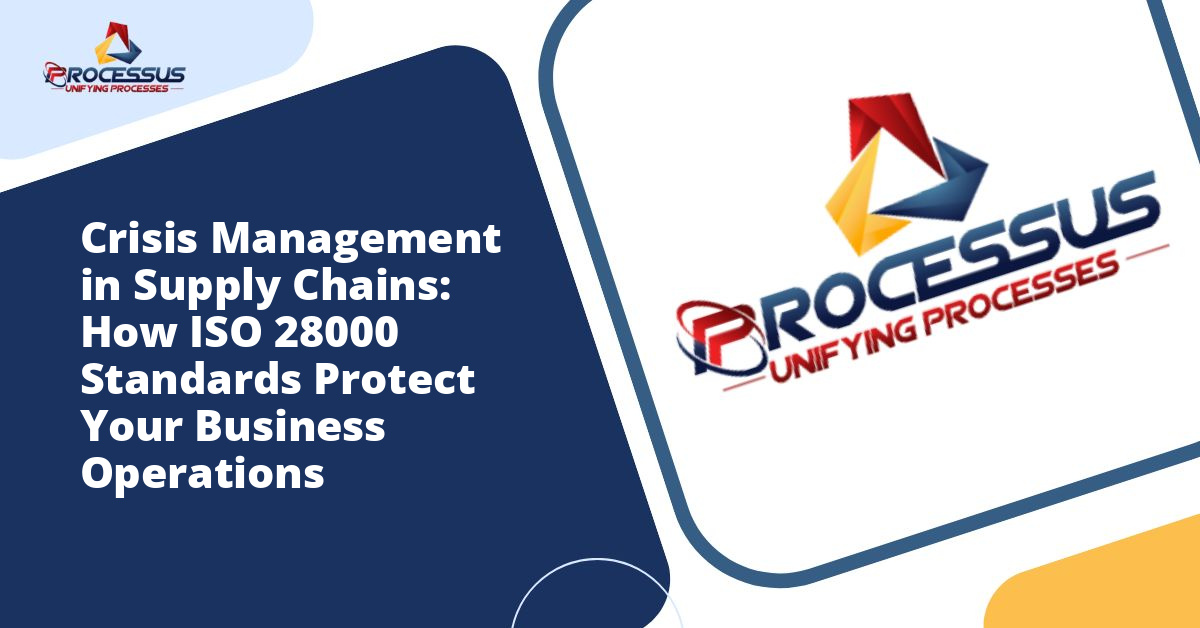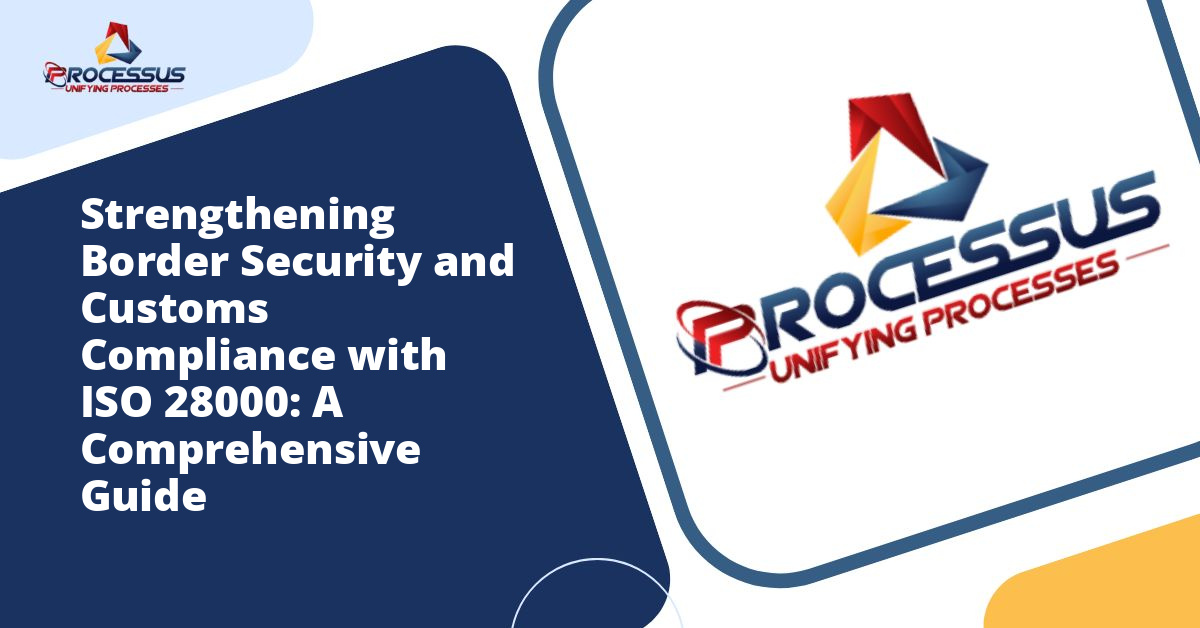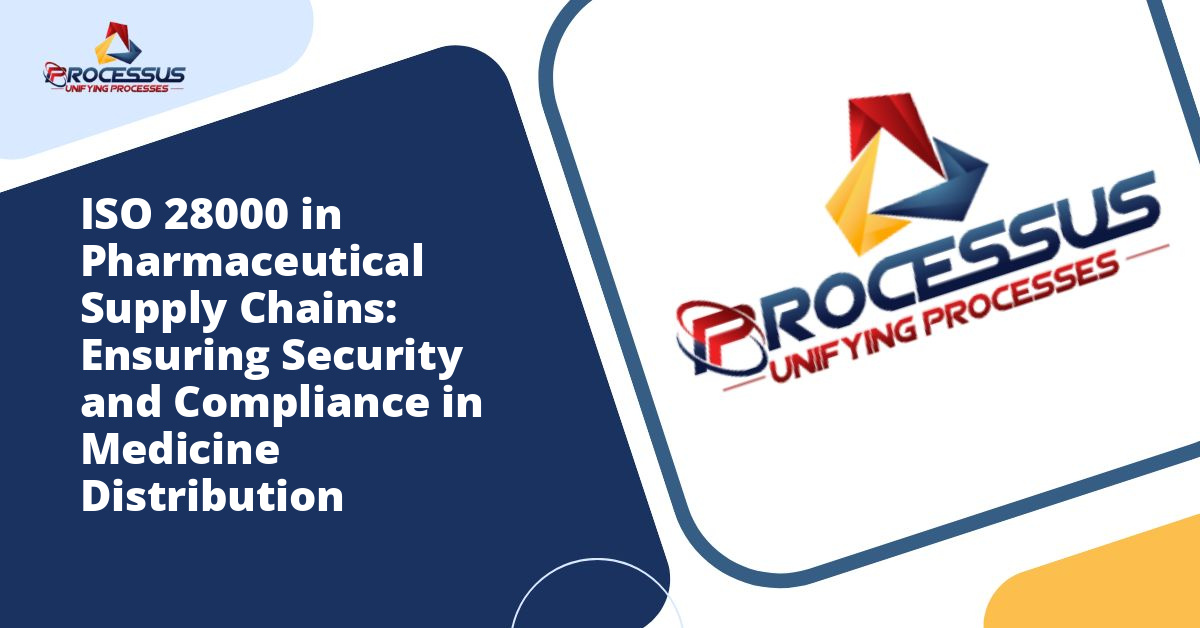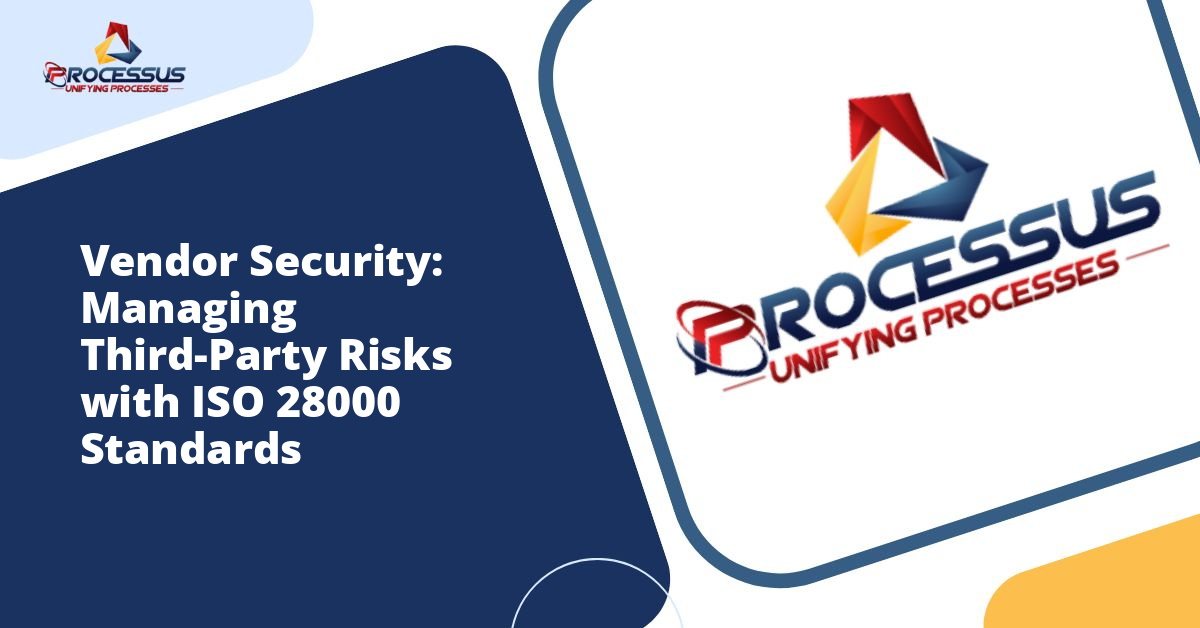The modern supply chain operates in an increasingly digital environment where cyber threats pose significant risks to business continuity, data integrity, and organizational reputation. As companies worldwide embrace digital transformation, the intersection of supply chain security management and cybersecurity has become a critical concern for executives, risk managers, and compliance professionals. ISO 28000, the international standard for supply chain security management systems, offers a comprehensive framework that organizations can leverage to address these emerging digital threats.
Understanding how ISO 28000 applies to cybersecurity challenges within supply chains is no longer optional for businesses that want to remain competitive and resilient. This article explores the connection between ISO 28000 and cybersecurity, examining how organizations can implement effective strategies to protect their digital supply chain infrastructure against increasingly sophisticated threats. You might also enjoy reading about Protecting Your Supply Chain: Why ISO 28000 Certification Matters for Modern Businesses.
Understanding ISO 28000 in the Digital Age
ISO 28000 provides specifications for a security management system that encompasses all aspects of supply chain operations. Originally developed to address physical security concerns such as theft, terrorism, and piracy, the standard has evolved to recognize the critical role that digital systems play in modern supply chains. The framework establishes requirements for assessing security risks and implementing appropriate controls throughout the supply chain network.
The standard applies to organizations of all sizes operating at any stage of production or supply chain services. This includes manufacturing, service provision, storage, and transportation activities. What makes ISO 28000 particularly relevant today is its risk-based approach, which naturally extends to digital threats that can disrupt supply chain operations just as severely as physical incidents.
Core Principles of ISO 28000
The foundation of ISO 28000 rests on several key principles that align seamlessly with cybersecurity best practices:
- Risk assessment and management processes that identify vulnerabilities across all operational areas
- Continuous improvement through regular monitoring and evaluation of security measures
- Integration with existing management systems to create a cohesive security posture
- Stakeholder engagement that includes suppliers, partners, and customers in security planning
- Compliance with legal and regulatory requirements relevant to security management
- Documentation and record-keeping that supports accountability and traceability
The Rising Threat of Cyber Attacks on Supply Chains
Supply chains have become prime targets for cybercriminals who recognize that attacking a single weak link can compromise multiple organizations simultaneously. Recent high-profile incidents have demonstrated how vulnerabilities in software providers, logistics systems, or supplier networks can cascade through entire industries, causing widespread disruption and financial losses.
Cyber threats targeting supply chains take many forms. Ransomware attacks can paralyze warehouse management systems, preventing goods from moving through distribution networks. Data breaches can expose sensitive information about suppliers, customers, and business operations. Supply chain attacks involving compromised software updates can introduce malicious code into thousands of systems simultaneously. Nation-state actors increasingly target supply chains as a means of conducting economic espionage or disrupting critical infrastructure.
Common Digital Supply Chain Vulnerabilities
Organizations face numerous cyber vulnerabilities throughout their supply chain ecosystems:
- Third-party vendor systems that lack adequate security controls
- Legacy technology infrastructure that cannot be easily updated or patched
- Internet-connected devices and sensors that create new attack surfaces
- Cloud-based platforms where access controls may be improperly configured
- Communication channels between partners that transmit unencrypted data
- Employee access privileges that exceed operational requirements
- Supply chain visibility systems that aggregate sensitive information in centralized databases
Bridging ISO 28000 and Cybersecurity Frameworks
While ISO 28000 provides an excellent foundation for supply chain security management, organizations should integrate cybersecurity-specific standards and frameworks to address digital threats comprehensively. The beauty of ISO 28000 lies in its compatibility with other management system standards, making integration straightforward for organizations already familiar with ISO methodologies.
Combining ISO 28000 with frameworks like NIST Cybersecurity Framework, ISO/IEC 27001 for information security, or industry-specific guidelines creates a robust defense against both physical and digital supply chain threats. This integrated approach ensures that security measures address the full spectrum of risks without creating redundant processes or conflicting requirements.
Risk Assessment for Digital Supply Chains
The risk assessment process forms the cornerstone of ISO 28000 implementation. When addressing cybersecurity threats, organizations must expand their risk assessment methodology to include digital assets, data flows, and technology dependencies throughout the supply chain.
Effective risk assessment begins with mapping the entire supply chain network, identifying all points where digital systems interact with suppliers, logistics providers, customers, and internal operations. Each connection represents a potential vulnerability that requires evaluation. Organizations should assess the likelihood and potential impact of various cyber threat scenarios, considering factors such as the value of data transmitted, the criticality of affected systems, and the availability of backup processes.
This assessment should extend beyond organizational boundaries to evaluate the cybersecurity maturity of third-party partners. Supplier security questionnaires, on-site assessments, and continuous monitoring programs help organizations understand whether partners maintain adequate protections. The interconnected nature of supply chains means that a security incident at a supplier can directly impact your operations, making vendor risk management an essential component of supply chain cybersecurity.
Implementing Cybersecurity Controls Within ISO 28000
Once risks have been identified and evaluated, organizations must implement appropriate controls to mitigate digital supply chain threats. The control selection process should be proportionate to the identified risks, considering both the likelihood of incidents and their potential consequences.
Technical Security Controls
Technical controls form the first line of defense against cyber threats in supply chain operations:
Network Segmentation: Separating supply chain systems from general corporate networks limits the potential spread of malware and restricts unauthorized access to critical systems. Organizations should create distinct network zones for different supply chain functions, with strictly controlled communication pathways between zones.
Access Management: Implementing strong authentication mechanisms and role-based access controls ensures that only authorized personnel can interact with supply chain systems. Multi-factor authentication should be mandatory for remote access to critical platforms, and access privileges should be regularly reviewed and adjusted based on current job responsibilities.
Encryption: Protecting data both in transit and at rest prevents unauthorized parties from accessing sensitive supply chain information. Organizations should encrypt communications with suppliers and partners, secure data stored in supply chain management systems, and ensure that backup data remains protected.
Continuous Monitoring: Deploying security information and event management tools enables organizations to detect anomalous activities that may indicate cyber attacks. Real-time monitoring of supply chain systems provides early warning of potential incidents, allowing security teams to respond before significant damage occurs.
Organizational Security Controls
Technology alone cannot protect supply chains from cyber threats. Organizational controls addressing people and processes are equally important:
Security Awareness Training: Employees throughout the supply chain organization need regular training on cybersecurity threats and best practices. Training programs should address phishing attacks, social engineering tactics, password security, and incident reporting procedures. Personnel with supply chain responsibilities should receive specialized training on threats specific to their operational context.
Vendor Management Procedures: Establishing formal processes for evaluating, onboarding, and monitoring third-party partners ensures consistent security standards across the supply chain network. Contracts should include specific cybersecurity requirements, and organizations should verify compliance through regular audits and assessments.
Incident Response Planning: Developing and regularly testing incident response plans specific to supply chain cyber incidents prepares organizations to respond effectively when attacks occur. Response plans should address various scenarios, define roles and responsibilities, establish communication protocols, and include procedures for engaging with affected partners.
Change Management: Implementing formal change management processes for supply chain technology systems prevents security vulnerabilities from being introduced during updates or modifications. Changes should be tested in isolated environments before production deployment, and security implications should be evaluated as part of the approval process.
Building a Cyber-Resilient Supply Chain Culture
Successfully addressing digital supply chain threats requires more than implementing technical controls and following procedures. Organizations must cultivate a security-conscious culture where protecting supply chain operations from cyber threats becomes everyone’s responsibility.
Leadership commitment sets the tone for security culture. When executives demonstrate that cybersecurity is a strategic priority through resource allocation, active participation in security initiatives, and consistent messaging, employees throughout the organization understand the importance of protecting supply chain systems. This top-down commitment should be complemented by bottom-up engagement, where frontline personnel feel empowered to report concerns and suggest improvements.
Collaboration between different organizational functions strengthens supply chain cybersecurity. Information technology teams, supply chain managers, procurement professionals, and risk management personnel should work together to identify threats, implement controls, and respond to incidents. Breaking down silos between these groups facilitates information sharing and ensures that security measures align with operational realities.
Measuring and Improving Supply Chain Cybersecurity Performance
ISO 28000 emphasizes continuous improvement through regular monitoring and measurement of security performance. Organizations should establish key performance indicators that track both the effectiveness of implemented controls and the overall resilience of supply chain operations against cyber threats.
Relevant Metrics for Digital Supply Chain Security
Effective metrics provide actionable insights into security posture:
- Time to detect and respond to security incidents affecting supply chain systems
- Percentage of supply chain partners meeting minimum cybersecurity requirements
- Number of identified vulnerabilities and time required for remediation
- Completion rates for mandatory security awareness training programs
- Frequency and results of security assessments and penetration tests
- System availability and uptime for critical supply chain platforms
- Number of security incidents attributed to third-party vulnerabilities
Regular review of these metrics enables organizations to identify trends, recognize emerging threats, and allocate resources effectively. When metrics indicate declining performance or increasing risk, management can take corrective action before incidents occur.
Regulatory Compliance and Supply Chain Cybersecurity
Organizations operating in regulated industries face additional requirements for protecting supply chain operations from cyber threats. Regulations such as the General Data Protection Regulation in Europe, sector-specific requirements like FISMA for government contractors, and emerging supply chain security legislation create compliance obligations that extend throughout partner networks.
ISO 28000 provides a structured approach to managing these compliance requirements. By incorporating regulatory obligations into the risk assessment process and implementing appropriate controls, organizations can demonstrate due diligence in protecting supply chain operations. Documentation requirements inherent in ISO 28000 support compliance audits by providing evidence of security measures and ongoing monitoring activities.
Forward-thinking organizations view compliance not as a burden but as an opportunity to strengthen supply chain resilience. Requirements imposed by regulators often reflect best practices developed in response to real-world threats, and meeting these standards typically improves overall security posture beyond minimal compliance.
Future Trends in Supply Chain Cybersecurity
The landscape of supply chain cyber threats continues to evolve as technology advances and attackers develop new techniques. Organizations implementing ISO 28000 should monitor emerging trends and adjust their security strategies accordingly.
Artificial intelligence and machine learning technologies offer both opportunities and challenges for supply chain cybersecurity. These technologies can enhance threat detection, automate response activities, and identify patterns that human analysts might miss. However, attackers are also leveraging AI to develop more sophisticated attacks that adapt to defensive measures and evade detection.
The proliferation of Internet of Things devices throughout supply chains creates expanded attack surfaces that organizations must protect. Sensors, trackers, automated vehicles, and smart warehouse equipment all represent potential entry points for cyber attacks. Securing these devices requires addressing unique challenges such as limited computing resources, diverse manufacturer implementations, and difficulties applying security updates.
Blockchain technology has emerged as a potential solution for enhancing supply chain security and transparency. Distributed ledger systems can provide tamper-evident records of transactions, verify the authenticity of goods, and improve visibility throughout complex supply networks. Organizations should evaluate whether blockchain implementations align with their security objectives and risk profiles.
Conclusion
The convergence of supply chain management and cybersecurity represents one of the most significant business challenges of our time. Cyber threats targeting supply chains have grown in frequency and sophistication, requiring organizations to adopt comprehensive security frameworks that address both physical and digital risks.
ISO 28000 provides a proven methodology for managing supply chain security that naturally extends to cybersecurity concerns. By conducting thorough risk assessments, implementing appropriate technical and organizational controls, fostering security-conscious cultures, and continuously measuring performance, organizations can build resilient supply chains capable of withstanding cyber attacks.
Success requires commitment from leadership, collaboration across organizational boundaries, and ongoing adaptation to emerging threats. Organizations that integrate cybersecurity into their supply chain security management systems position themselves to protect operations, maintain customer trust, and achieve competitive advantages in an increasingly digital marketplace.
The journey toward cyber-resilient supply chains is ongoing rather than a destination. As threats evolve and technology advances, organizations must remain vigilant and committed to continuous improvement. ISO 28000 provides the framework, but organizational dedication determines the outcome. By taking action today to address digital supply chain threats, businesses protect not only their own operations but also the broader networks of partners and customers that depend on secure, reliable supply chains.

